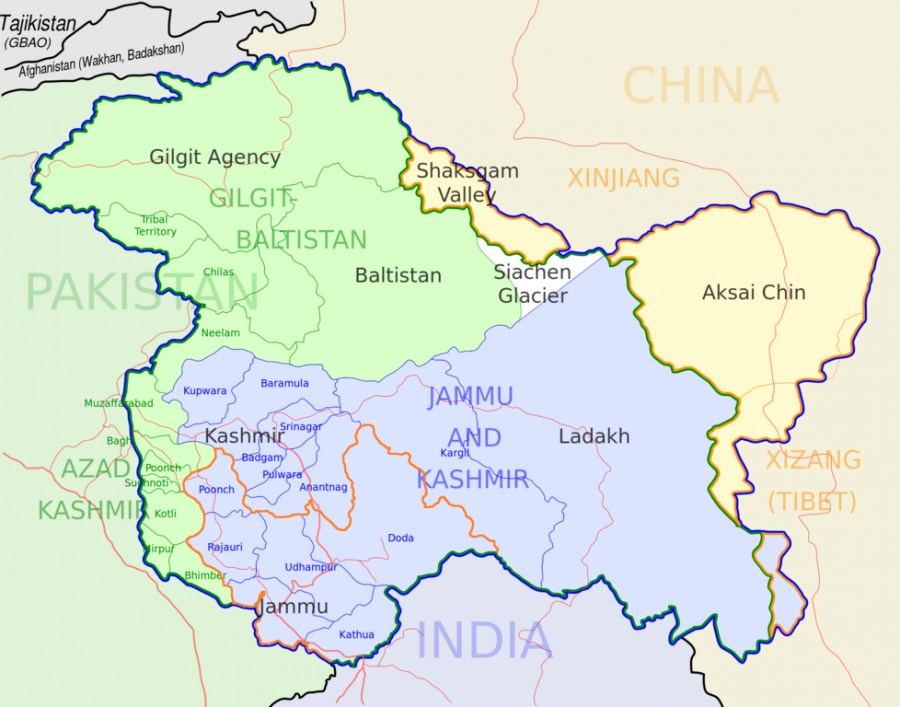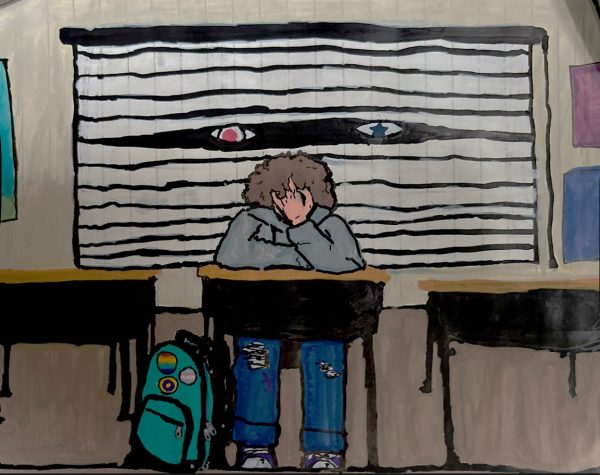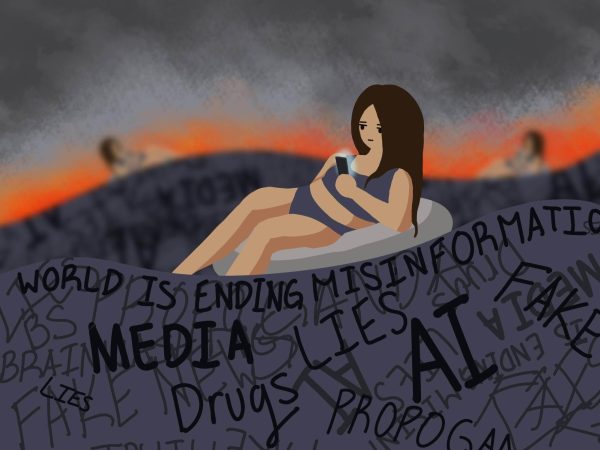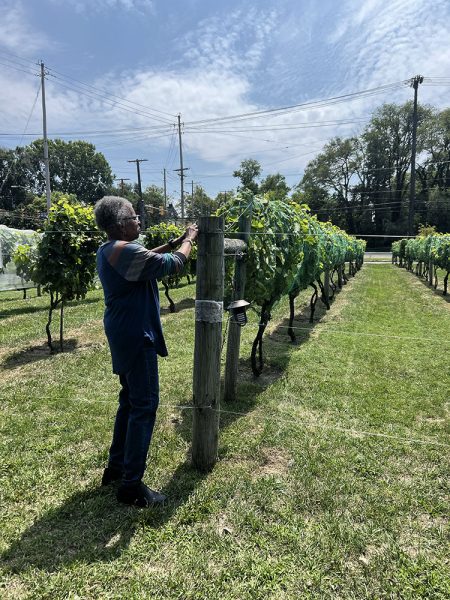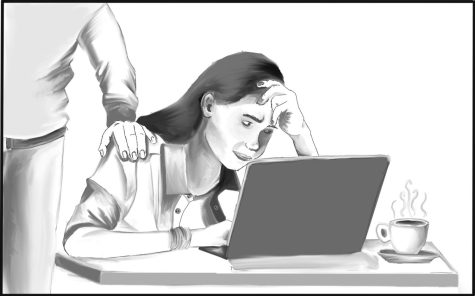Kashmir: The Real Story
Planemad via Wikimedia Commons
The Indian State of Jammu and Kashmir consists of three regions: Jammu, Kashmir and Ladakh.
India and Pakistan have fought a number of wars and skirmishes since the 1947 partition. The conflict over Kashmir has been the cause of much of the fighting.
Demographics
The Indian State of Jammu and Kashmir consists of three regions: Jammu, Kashmir and Ladakh. Jammu has a Hindu majority, while Kashmir is predominantly Muslim and Ladakh predominantly Buddhist. Gilgit-Baltistan, which is part of Pakistan-Occupied Kashmir, also has a Muslim majority. There is an established Line of Control between PoK and Indian Kashmir.
The History
In 1339, Kashmir was 100% Hindu. But Muslim rulers invaded the region and it experienced many changes in power over the centuries until Hindus became the minority.
But instead of focusing on the distant past, let’s look at more recent events. In 1947, British rulers left India and divided India into two parts, India and Pakistan, based on religion. Hence, Pakistan was created with a Muslim majority population.
There was West Pakistan and East Pakistan, but due to numerous human rights violations by the Pakistani Army, East Pakistan broke free from Pakistan with the help of the Indian Army and became Bangladesh. In 1947, India and Pakistan were made of 584 separate Kingdoms, so when the British left, they asked each ruler to choose to join either India or Pakistan. The Maharaja (king) of Kashmir was still contemplating which country to join as Kashmir had many religions.
The first Pakistani Invasion of Kashmir occurred on Oct. 22, 1947. Tribesmen and the Pakistani Army attacked Kashmir because they weren’t happy with Kashmir’s indecision. Hindu and Sikh women were raped, murdered, and taken as slaves. Many Hindu women committed suicide to save their honor. The Pakistani Army also killed Muslims who opposed them.
To save the state from Pakistani invaders, the Maharajah asked for military help from India and joined India by signing an Instrument of Accession on Oct. 26, 1947.
Sheikh Abdullah, who was a popular Muslim leader from Kashmir, explained in 1948 his motivations for joining India.
“We the people of Jammu and Kashmir have thrown our lot with Indian people, not in the heat of passion or a moment of despair, but by a deliberate choice. The union of our people has been fused by the community of ideals and common sufferings in the cause of freedom.”
So, the kingdom of Jammu & Kashmir acceded to India.
After the war, India approached the UN to settle the dispute. In total, four UN resolutions were passed between 1948 and 1950. The resolutions had seven main points, two of which were that Pakistan, as an aggressor, should withdraw its troops from Kashmir and that India should keep troops there to maintain peace. Also, security and the future of the state should be decided by its people through a plebiscite.
“My personal belief is that as the UN told them, we are going to have [the people of Kashmir] decide what they want to do,” said sophomore Hiba Ali, who is of Pakistani descent. “They deserve that right to vote on whether they want to be part of Pakistan, India or be independent.”
The government of India attempted to hold a plebiscite under the supervision of the UN, but for that to occur, Pakistan needed to withdraw its troops from the region. However, Pakistan was too distrustful of India and didn’t withdraw its troops, and it still has not. Pakistan disregarded the UN resolutions, invaded Kashmir again in 1965, and was driven back by the Indian Army.
The third time Pakistan invaded Kashmir was in 1971 and again, their army was driven back. After this, India and Pakistan both signed the Simla Agreement in 1972 and decided to settle the matter between themselves without involving the UN.
However, things escalated as Pakistan introduced Islamic militants into the region. For example, The Jammu and Kashmir Liberation Front (JKLF) was founded in 1977 and is an Islamic militant organization that terrorizes the Hindus and secular Muslims of Kashmir.
“They kept supporting, funding, arming and training terrorists in Kashmir with the single-point agenda of waging war against India,” according to Probhash Dutta, a columnist for IndiaToday. “A security response was bound to happen. Every responsible country understood this.”
Human Rights
On Jan. 19, 1990, terrorists such as the Hizbul-Mujahideen and JKLF ethnically cleansed the Hindus from Kashmir and anyone who opposed them. These groups have been associated with Al-Qaeda and ISIS. Warnings blared through mosque loudspeakers and posters were put up warning the Hindus to leave Kashmir. They were given three options: convert to Islam, leave, or die.
It isn’t fair to say that because the Indian military moved into Kashmir, human rights moved out. Human rights violations in Kashmir have been going on for centuries. Of the approximately 300,000 Hindus living in the Kashmir Valley in 1990, there are fewer than 3,000 now. Less than 1% of the population is now Hindu, but it used to be 15% when India and Pakistan were created.
“Muslim Militants directed a systematic campaign of assassinations and intimidation against Kashmiri Pandits, as the area’s Hindus were known, and most of them were forced out of Kashmir,” according to The New York Times.
Hira Fotedar, a native of Kashmir who has lived in northeast Ohio for 26 years, explained his concern about extremist Islamic militants gaining control in Kashmir.
“We must save Kashmir from Jihadis,” he said. “What the Taliban did in Afghanistan is what Pakistan is doing in Kashmir. India is preventing Kashmir from becoming another Afghanistan, another Iraq, another Syria.”
Estimates show that close to 1,500 Kashmiri pandits were killed by Islamic militant groups. Another 400,000 were forced to leave their homes. This massacre led to devastation for many families. The families who stayed behind in Kashmir live precariously.
“They went to my cousin’s house and shot him dead,” Fotedar said. “They were decimating Kashmiri Hindus.”
Another native Kashmiri and Beachwood resident, who did not want her name used, shared her story.
“It started with protests..,” she said. “[The terrorists] would just close the road and start yelling and chanting stupid, unreasonable things.”
“They would start throwing stones just to scare people…” she continued. “We left behind all of our valuables and fled. We had the clothes on our back, and that was it. There were 26-30 people living in a two bedroom apartment. There were lots of family members who were killed.”
“When they came for my aunt, she told the terrorists to take anything they wanted. The jihadis told her that they wanted her life,” she added. “My aunt’s five-year-old son watched his mother get shot and he still remembers it today. They used to ask us, who wanted to watch who die? It was miserable.”
Atrocities such as this still happen today, and it fuels distrust and tension in the region.
This is also the core reason why the Indian military interfered in Kashmir. Indian people were being massacred by foreign mercenaries, and the Indian government can’t sit back and let it happen. What happened in 1990 was genocide.
Some say that because of the cut phone lines in Kashmir right now, relatives living outside of Kashmir don’t know what is happening to their family, and that it’s a very scary situation. Sure, but there are people who have been driven from their homes in Kashmir who can’t even go back, much less find out how people are doing. Their homes have been burned and places of worship have been destroyed.
There are people in Pakistan protesting for human rights because Pakistan is killing its minorities.
According to the United States Institute of Peace, in Pakistani Occupied Gilgit-Baltistan, the Sunni Muslims are committing acts of violence against Shia Muslims. Pakistan is an Islamic State, but doesn’t even have tolerance for a different subset of Muslims such as Shias who are being discriminated against and killed.
When India and Pakistan were founded, Pakistan had an 23% minority population. That number is now down to 3%. Pakistan commits human rights abuses in its own country and claims to care about human rights in Kashmir.
According to a country report published by Human Rights Watch, human rights abuses in Pakistani Kashmir have been more severe than those in Indian Kashmir:
In June, the Office of the United Nations High Commissioner for Human Rights (OHCHR) released the first-ever report by the United Nations on human rights in Kashmir. The report noted that human rights abuses in Pakistani Kashmir were of a ‘different caliber or magnitude’ to those in Indian Kashmir and included misuse of anti-terrorism laws to target dissent, and restrictions on the rights to freedom of expression and opinion, peaceful assembly, and association.
India, however, has people of many different religions working together. Indian philosophy in general is extremely accepting. India is invested in the people of Kashmir regardless of religion.
For example, the literacy rate in Indian Jammu & Kashmir has gone up from 24% in 1990 to 67% now, according to the 2011 Census.
Overall, what the Muslims have faced in the Kashmir valley is nothing compared to what the Hindus have experienced in the same landscape. Many Kashmiris study in Indian universities and go on to have very successful lives. Saying that Jammu & Kashmir should be a part of Pakistan because they have a 70% Muslim majority is utter rubbish. India has world’s third largest Muslim population with 189 million people.
Article 370 and 35A
The Indian government, on August 5, 2019, took the controversial but necessary step of revoking Articles 35A of the Indian constitution. While western media has been focused on the communications blackout in Kashmir, the long-term impact has not been covered.
Article 35A defines a special class of citizens, who must have either had a Kashmiri father, been born in Kashmir before 1911, or owned land in Kashmir before 1946. Article 35A, therefore, excludes outsiders—any one of India’s 1.3 billion people outside of Kashmir—from partaking in normal activities in Kashmir. Outsiders are prohibited from owning property, settling in or having a government job in Jammu and Kashmir. As a result, Article 35A has greatly impeded development in the region.
Article 35A makes little sense in a united, secular India. The existence of Article 35A seems to defy the precedent set by other Indian states—Maharashtra, for example, has a very strong regional identity, but does not have special privileges in the constitution. In a sense, now Kashmir is a true Indian state. It’s the same as how the United States government overrides state governments when it comes to Federal issues.
Article 370 is the second constitutional article pertinent to Jammu & Kashmir. It was intended as a temporary provision to the Constitution so that Kashmir wouldn’t be exploited, because its past rulers had been corrupt. Many have called for its repeal, as it grants J&K the right to make its own laws that supersede central laws.
Laws passed by the Indian Parliament promoting equality and fighting corruption were not applicable to Kashmir. Due to Article 370, J&K was treated more as a protectorate of India, rather than a state of India. This article legally cut off Kashmir from the rest of India, and thus further contributed to preventing the development and integration of the region.
Already, an investment summit has been planned and Indian companies have expressed a strong desire to invest in Kashmir. The benefits of this are obvious—increased prosperity, health and education. Integrating and developing Kashmir is the only way forward for the region.
Solutions
There are some main steps to take in regards to the Kashmir Conflict. First, Kashmiris of all religions want peace, equality and justice. This can be achieved by eliminating radical Islamists supported by Pakistan. The government of India should take steps to deal with radical Islam and take action against it.
There should be justice for native non-Muslim Kashmiris who are refugees in their own country. Also, development and growth in the region should be promoted. India is already pouring money into the region to develop it and companies are ready to invest in it.
According to a recent CNN poll of the residents of J&K, 84% of respondents support the revocation of Article 370. In the most recent local elections, there was a 98% turnout rate. India is already integrating Kashmir and has plans to grow its economy. The present Indian government is striving for peace and progress in Kashmir.
Finally, Pakistan should stay out of India’s internal affairs. When Indian leaders talk about Kashmir, they are talking about India’s rightful state of Kashmir. Indians view the subcontinent as one multiethnic, multicultural, multireligious nation.
When Pakistan talks about Kashmir, they are talking about Indian Kashmir, which they want. To Pakistan, the subcontinent consists of two nations: one Islamic, and the other for everybody else. India is the world’s largest democracy and is already working for the good of the people. There’s no doubt that India will take care of Kashmir and its residents, irrespective of religion or creed.




